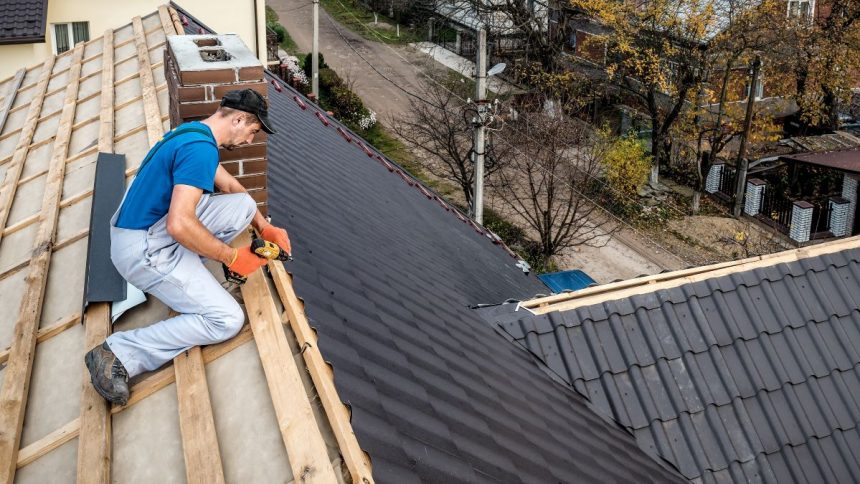More and more individuals are finding motivation to make energy-efficient upgrades in their homes, but the costs associated with such upgrades can often deter consumers, despite the long-term savings they offer. However, a new wave of financing options has emerged to help facilitate this transition to energy efficiency. Thanks to the Inflation Reduction Act of 2022 (IRA), qualified homeowners can access a portion of the $8.8 billion in financial incentives provided by the law to make energy-efficient improvements more affordable.
It only takes a few minutes to explore the various energy-efficiency financing options available, which can be found through local, state, and federal programs. Many municipalities across the nation offer funding programs to assist homeowners with repairs, property improvements, accessibility features, and energy-efficient upgrades such as insulation, weatherization, window replacements, heating, cooling, and water efficiency.
State Housing Finance Agencies (HFAs) are another valuable resource for homeowners seeking financial assistance for energy improvements. These agencies partner with federal entities like Fannie Mae and Freddie Mac to offer specialized mortgage programs tailored to each state’s specific demographics and housing needs. Many HFAs now offer financing programs to cover the costs of energy improvements, renewable energy installations, and energy-efficient systems like heat pumps and solar panels.
A variety of green loan programs and incentives are available through state-specific HFAs. For example, the Alaska Housing Finance Agency offers Energy-Efficient Interest Rate Reduction loans, while the Connecticut Green Bank administers the Smart-E Loan program for energy improvement projects. Programs like these can help homeowners reduce their energy costs and make their homes more sustainable.
In addition to HFAs, many utility companies offer special promotions, rebates, and other incentives to their customers. From discounted installation services to free home energy assessments, utilities often provide resources to help homeowners improve their energy efficiency. On-bill financing is also a popular option for homeowners looking to finance energy upgrades, with loans repaid through utility bills.
Property Assessed Clean Energy (PACE) loans are another option for homeowners looking to finance energy-efficient improvements. Available in 38 states, PACE programs allow property owners to finance upgrades through their property tax bill over a period of 20 years. These loans are not tied to individual homeowners, making them a flexible and accessible option for financing energy efficiency upgrades.
By exploring the various financing options available from local municipalities, state HFAs, utility companies, and PACE programs, homeowners can access the resources they need to make their homes more energy-efficient and environmentally friendly. With a little research and initiative, you can take advantage of these programs to improve the comfort, value, and sustainability of your home.






